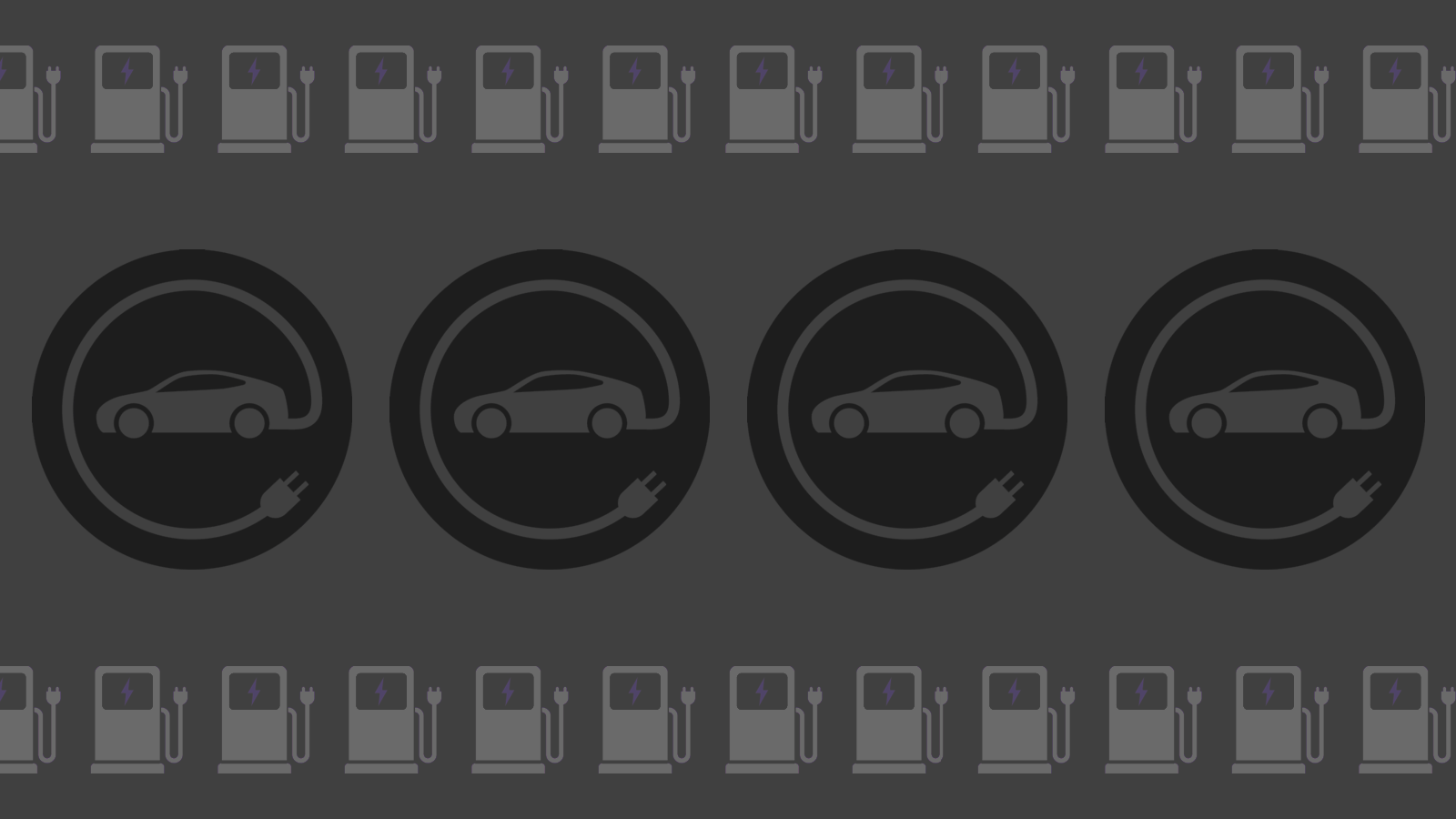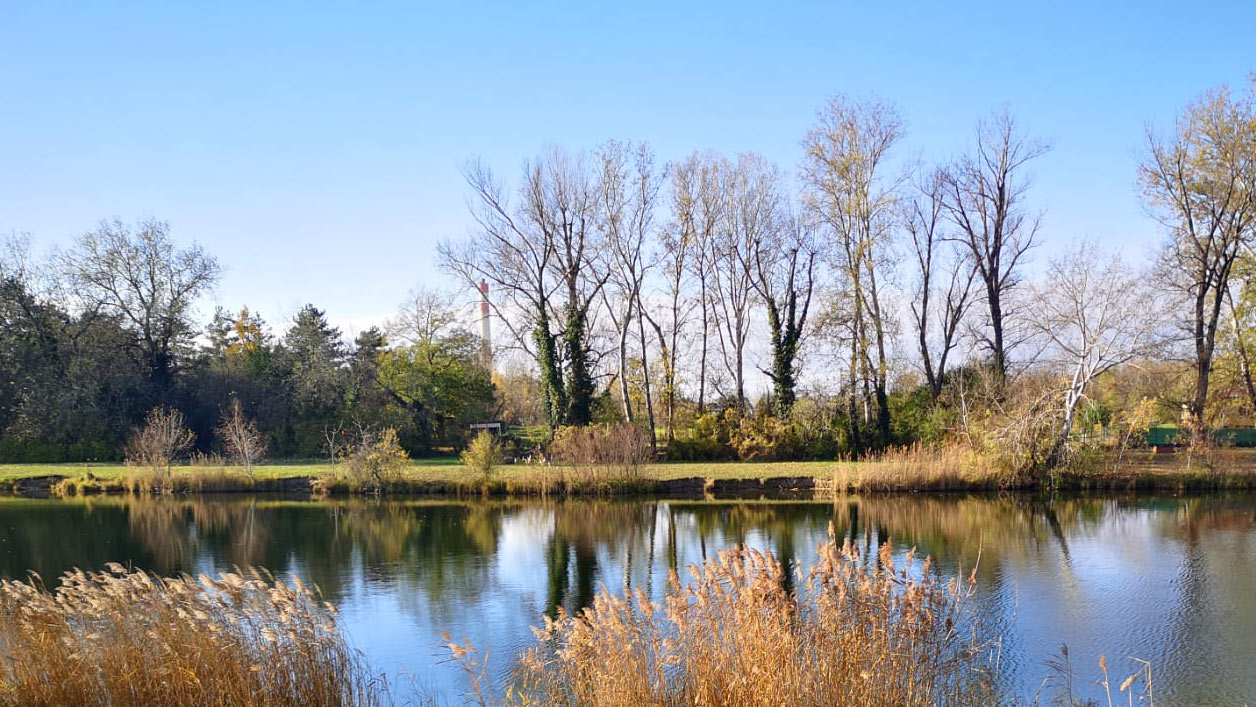BUILDING
SUSTAINABILITY & HEALTH
Buildings have a significant impact on the environment. Construction uses resources; on-going operations require energy and water; residents generate waste; and the land used for human purposes may disrupt habitats for other organisms or disrupt ecosystems. Recognizing these impacts, we can take action to reduce them and make our co-ops more pleasant places to live. Reducing impacts can sometimes also reduce costs due to avoiding unnecessary waste and inefficiencies.

Built for Sustainability
Canada’s building sector is the third highest source of emissions in the country. Heating and cooling systems use energy, so choosing and maintaining efficient systems is important. The materials we choose when building or renewing capital assets also matter. This page focuses on how environmentally sustainable actions are impacted by a co-op's physical assets (most significantly around energy use and emissions of greenhouse gases and pollutants).
Energy use and efficiency
- Lighting (LED lights over fluorescents, halogen or incandescent; timers or motion sensors to reduce on-time)
- Keeping homes comfortable — heating and cooling (through passive solar design, use of insulation, etc.)
- Additional Heating (flexible heat pumps over electric baseboard heating, or burning of fossil fuels; solar; geothermal, connections to neighbourhood energy utilities)
- Reducing direct electrical consumption (by choosing low-energy appliances and offering alternatives that don’t require electricity at all)
- Local energy generation
Transportation
- Provide space to host shared transportation options (e.g. car co-ops)
- Provide connections/services for electrified transportation options (e.g. EV charging stations)
- Sufficient storage spaces for human-powered transportation options (e.g. secure bicycle storage areas)
Reducing unnecessary water use
Pollution/use of resources
- Consider lifetime analyses when selecting products (e.g. choosing less polluting, more sustainable, longer lasting, and easier to reuse or dispose of products)
Waste management
- On-site composting facilities
- Pickup locations and accessible service locations
For more information and links, visit our general environmental sustainability page.

Energy Use and Efficiency
Co-ops can have an impact on their operating costs and the environment when they carefully consider energy sources and energy efficiency when engaged with asset management planning.
Different sources of energy have different impacts. Some generate no obvious pollution where consumed (photovoltaic, wind power, burning hydrogen, hydroelectricity) and others (like burning fossil fuels or nuclear fission) have well-known concerns. Even the cleanest methods of keeping us warm or powering our lights will have less impact if we use less of them.
- How much does your co-op and its members spend on heat and electricity?
- Are there areas where you could save? Changing over to LEDs from other lighting systems can help. So can better insulation, especially if you’re looking at envelope work for other reasons.
- Moving from gasoline-powered to electrical vehicles (EV) can see less air pollution and reduced greenhouse gas emissions (depending on how the electricity is generated). Is your co-op interested in providing infrastructure for EV charging stations? Visit https://goelectricbc.gov.bc.ca/.

Energy Audits
Electricity and gas are the main energy sources in our homes: perhaps consider how your co-op's current energy use could be optimized.
Energy consumption and greenhouse gas emissions are affected by a range of factors including the kind of heating (and cooling) systems; where their power comes from; the design and number of lights and electronics, and the degree of insulation. Reducing waste is the first step in making your co-op more energy efficient. Are your systems running when they are not being used? Is there a potential for automation? Increasing the efficiency of your systems can mean regular cleaning, insulation, or replacement of certain components.
One way to determine how and where energy is being used (and identify opportunities for improvements and incentives) is through an energy audit. There are different standards for energy audits. One of the more popular, ASHRAE (the American Society of Heating, Refrigeration and Air Conditioning Engineers), provides three levels of progressing detail for energy audits:
- Level 1 – Walk Through Assessment
This level includes a utility bill analysis and brief site survey. Typically, only low-cost measures are quantified. The purpose of this assessment is to determine the order of magnitude of the energy savings and costs and to determine if a more detailed analysis is warranted. Co-ops can usually access this level without cost.
- Level 2 – Energy Survey and Analysis
This level includes the identification of energy conservation measure along with savings and costs. This level includes detailed site surveys and interviews sufficient to identify all practical measures. However, detailed designs are not included.
- Level 3 – Detailed Analysis of Capital Intensive Modifications
This level includes engineering design of energy measures including drawings. This level is typically used only when a design build project is being used or if the owner is confident that they want to implement the measures identified.
*BC Hydro and Fortis have their own requirements for their incentives

Water Conservation
Freshwater is a precious resource and even in British Columbia its availability is limited. Co-ops can save water through changes in behaviour (at the member level) and through careful maintenance and renewal decisions. Here we'll focus on co-op maintenance and renewal practices.
- Leaky pipes and faucets might seem like minor issues, but water losses over time can be huge. Does your co-op monitor and repair its water systems?
- Appliances and toilets vary widely in how much water they use. Does your co-op include these factors when making purchasing decisions?
- Aerators can make water go further. Has your co-op installed aerators? ECAP offers incentives and they’re open to any non-profit housing co-op in BC.
- Improperly disposing of chemicals and waste can contaminate water. Does the co-op provide members with information? Or offer policies on cleaning, maintenance and other supplies?
- Keeping lawns green can take a lot of water. What kinds of landscaping does the co-op maintain, or encourage members to grow? If the co-op does irrigate, has it considered storing rainwater?
Here are a few additional starting points: CMHC’s Household Water Guide; The Agency’s “save water” webpage; and the Province of BC water conservation information.

Healthy Buildings
Buildings have a significant impact on physical and mental health, as do site conditions. Some elements of a building are largely determined during the design and construction process, but renewal projects and on-going maintenance make an impact as well. Members and management may want to consider the impact of their choices and aim to improve their co-op homes.
- Balance short-term expenses with longer-term maintenance costs and overall health benefits. Building products vary in durability and toxicity. Some natural products last a long time and pose minimal end-of-life disposal problems. (For example, linoleum, made of linseed oil and backed with jute, has anti-microbial qualities and can last decades. It can also be broken down when no longer needed.)
- Using wood for buildings over concrete may help sequester carbon and reduce greenhouse gas emissions. As can planting trees.
- Permeable surfaces may reduce problems associated with water run-off — perhaps a growing concern as more severe weather is often predicted with a warming climate.
- Setting aside space for clotheslines (or building them in) creates more opportunities for air-drying laundry which should reduce energy use.
- Landscaping is often tied to renewal projects, and green spaces can offer multiple benefits: shade trees offer relief from the sun (and improve air quality), deciduous plants let more light in during winter months when light is in its shortest supply (possibly improving mental health), well chosen plantings can reduce the need for water or boost opportunities for native species.

Heat and Smoke
Extreme weather events are becoming more common. In recent years we've had the hottest temperatures on record and wildfire smoke has been a recurring problem.
These issues affect our comfort, but they also have health impacts — many died in 2021 from the affects of the heat dome. What can we do?
One of the first things is to do a bit of planning and preparation. Take a look at our checklist, Housing Co-ops and Coping with Extreme Heat and Smoke(PDF).
We also have an article from our Sustainability Newsletters that looked at adaptations for heat.